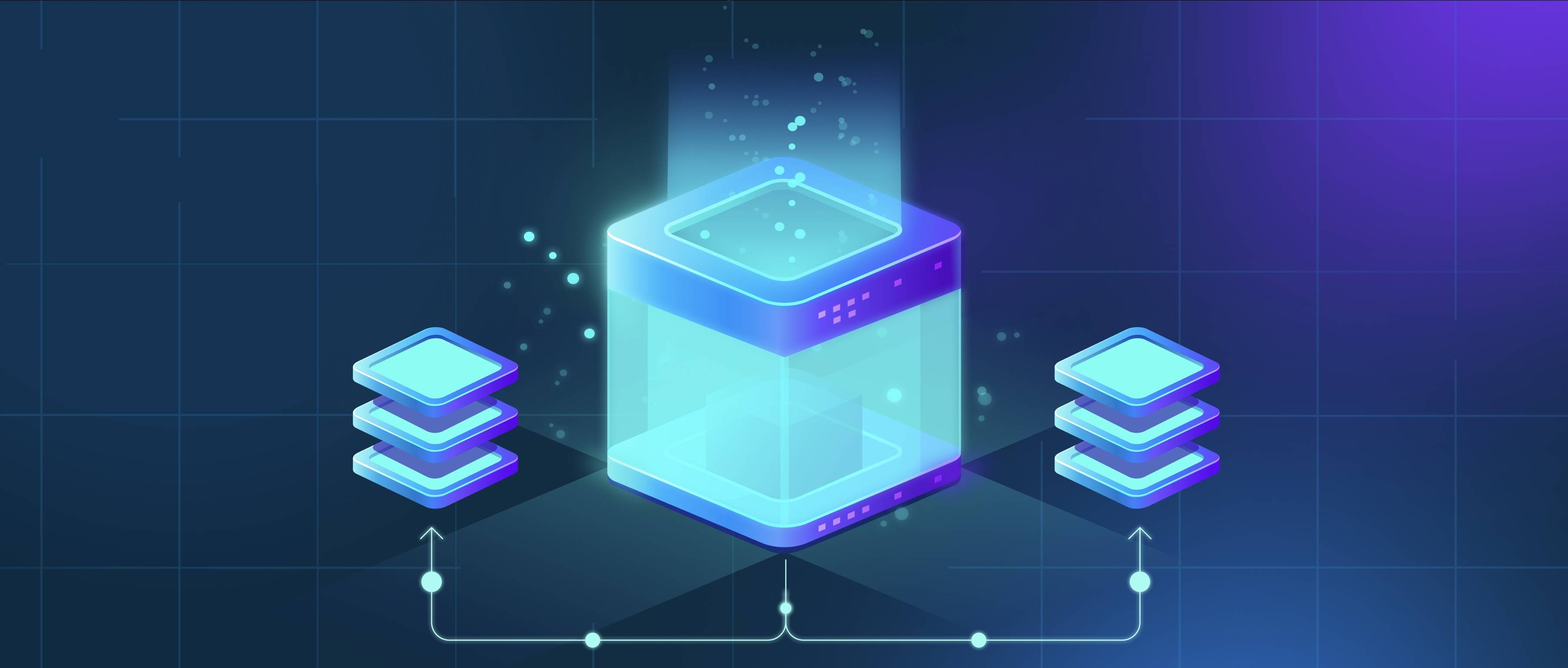Self-supervised learning (SSL) is a subset of unsupervised learning that leverages the large amounts of unlabeled data available to teach machines to extract meaningful features without explicit supervision. This approach involves designing tasks that allow the model to generate its own labels from the input data. By doing this, the model learns to capture the underlying structure of the data, which can then be useful for various downstream tasks like classification, segmentation, or detection.
One common way SSL applies to unsupervised feature learning is through techniques like contrastive learning. In contrastive learning, the model learns to differentiate between similar and dissimilar data points. For example, given a photograph of an object, the model might receive multiple augmented versions of that same photo (like different color saturations or rotations) and be trained to recognize them as similar while treating different objects as dissimilar. This process helps the model build a rich feature space that emphasizes important characteristics of the data, making it easier to capture the essence of the inputs without needing labels.
Another technique in self-supervised learning is masked prediction, as seen in models like Masked Language Models (MLMs). In the context of image data, similar principles can apply, where parts of an input (like patches of an image) are masked, and the model must predict the missing parts. This encourages the model to understand the context and relationships between different parts of the image, resulting in effective feature representation. In summary, self-supervised learning acts as a powerful method for unsupervised feature learning by using innovative training strategies to extract useful features from vast amounts of unlabeled data.
